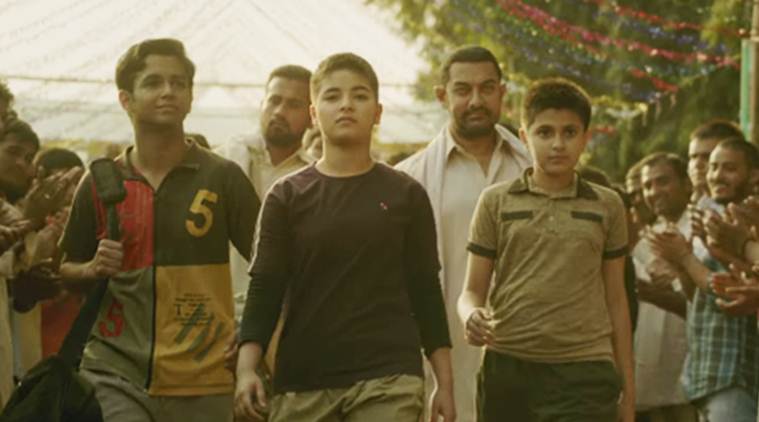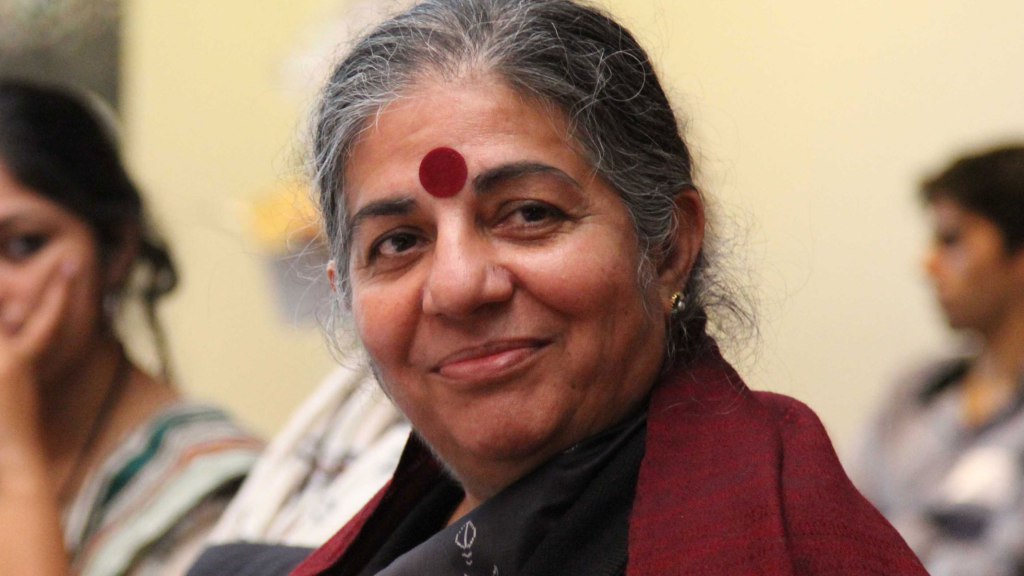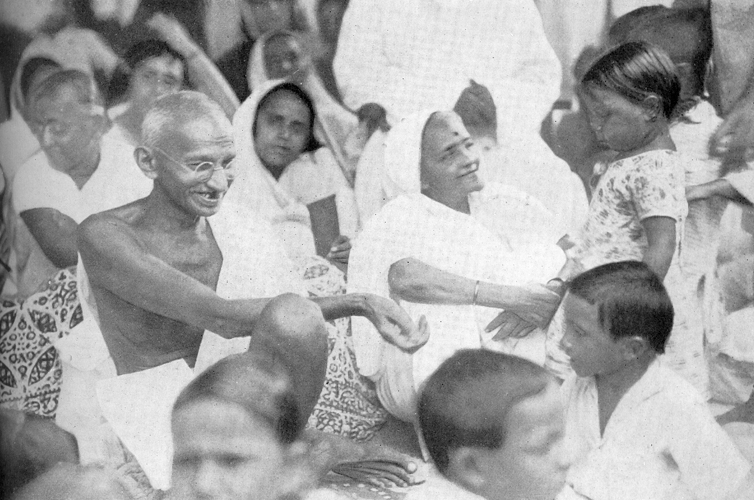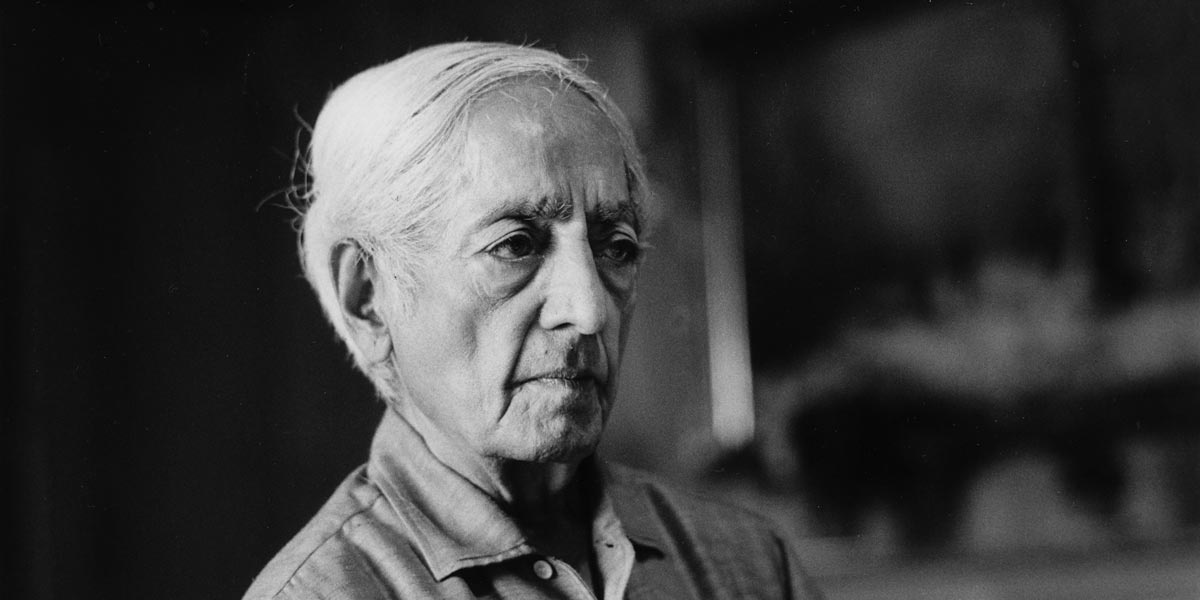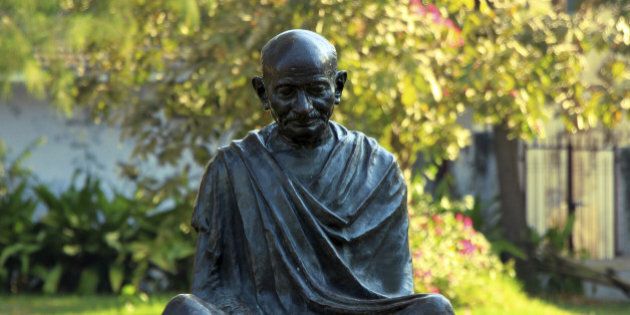In a context that devalues the feminine to the extent of oppression Dangal represents the voice of talent that is beyond gender, yet the film fails to convince that women can retain their femininity and yet be successful and reiterates the common assumption that domesticity or motherhood are enemies to women’s liberation and without adopting the ‘masculine’ women cannot make their mark. Why does the oppressed have to adopt the vocabulary of the oppressor to find its own voice? Can there not be a femininity that values women for who they are in terms of their distinctiveness rather than a femininity that is insecure of itself and defines its salvation by the logic of the oppressor.
Dangal is a biographical sports film based on the life of former wrestler Mahavir Singh Phogat and his two daughters who too became wrestlers and struggled to glory in the Commonwealth Games despite social oppression and patriarchal constraints. The recent film is directed by Nitesh Tiwari and has leading performances by Aamir Khan, Sakshi Tanwar, Fatima Shaikh and Sanya Malhotra. The film traces the trajectory of Mahavir Singh Phogat and how he trains his two daughters in wrestling despite the patriarchal constraints and oppressive social structures in Indian society in general and Haryana in particular. As the film takes us on a journey that very creatively expresses the hardships that women have to go through to prove themselves in the world and assert their potential beyond the walls of the household, it makes three complex and nuanced arguments that are worth observation. The first striking characteristic of the film is an idea that is inherent within the plot of the story and this is that women, that is the way that they naturally are is necessarily inferior to men and their masculinity. So if a mother nurtures, a wife runs the household and brings up children and does household chores like cooking and cleaning- these must necessarily be seen as enemies of ‘women’s liberation’ and against their emancipation. So to develop and make one’s name in the world, a woman must ‘cure’ or ‘repair’ her natural state and adopt man’s spirit of competitiveness and aggression. The second inherent message in the film is that defeating men is necessarily the only way that a woman can be ensured of her potential. So when Geeta and Babita were put in the wrestling ring to fight against their male counterparts and defeated them at ease, the masculine father retrieved his lost sense of pride but paradoxically when his own daughter defeated him in a later wrestling match he could not be quite comfortable with the proposition. Here the character of the cousin brother also has a lot to convey, though cinematically a lively character and in some sense the narrator the tale the physical weakness and demure character of the boy has much to do in providing a sharp contrast to the cultivated physical power of the girls thus making them appear even more robust and fearless. Here, the idea of competition as the only mechanism of discovering self-worth must be problematized. Can there be a situation where each can discover their potential and yet not impinge on the sacred space of the other and create an ambiance of mutual exchange and growth rather than competition and aggressiveness? The idea that comes through the film is that nationalism as an ideal is dependent on the basis of defeating the other and that sports as a vocation is easily transformed into a battleground where defeat is shameful and victory the only alternative. So, when an individual player operates in front of an audience in moments he will be put onto the celebrity pedestal and the very next moment thrown on the ground. Rather than sports man spirit what is valued is the killer instinct. This is why perhaps I must praise my team even when we do not play so well but if a player from another country makes a good performance, appreciation must is a taboo! We must ask why nationalism is not also seen in terms of collective creation, creative zeal and mutual coexistence as much as within competitiveness, victory over others and colloquial self-perceptions? The third important question that the film makes us think about is whether in terms of critical pedagogy we allow young minds to discover their own innate potential or through the ruthless bulldozer of the system crush their own individualities? Aamir Khan asserts again and again in the film how Geeta who was instinctively a good attacker was forced to make defence her main strategy at wrestling by her coach and because she could not put herself into it, Geeta did miserably. However, when she was encouraged to sharpen her own potential and was helped to cultivate a sense of self-worth, Geeta did wonders! We must wonder whether in our education system too we focus too much on homogeneity, uniformity and unilinear notions of intelligence and thereby crush the many different kinds of talents that people may have. There are so many individuals who liked to paint or write poetry as children but were forced to study medicine or law for social prestige and status similarly there may be many who would have liked to be successful doctors and engineers and had a knack of it but because of poor grades ended up opening a grocery store and leading a non-challenging life. Perhaps, our system often tends to focus more on people’s weaknesses and less on their strengths and that is why it demotivates and leaves many creative minds unsettled and frustrated. The film is a refreshing departure from many films that came out in 2016 and it had several performances that would be remembered for a long time to come. Moreover, the thematic choice and the labour of both the director and the actors are commendable. Nevertheless the three questions dealt with above make us rethink the film and explore many ideas that we take for granted. The film encourages us to redefine femininity, nationalism and education.
By Editorial Team
Support This Endeavour – http://thenewleam.com/?page_id=964

